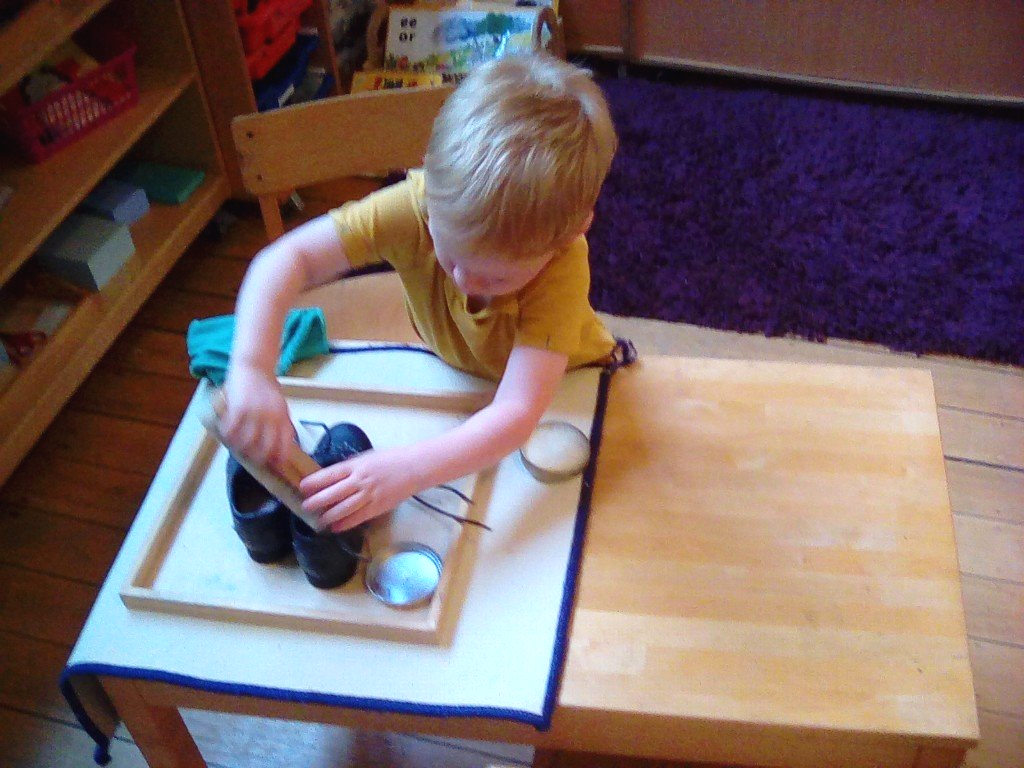PRACTICAL LIFE
The purpose and aim of Practical Life is to help the child gain control in the coordination of his movement, and help the child to gain independence and adapt to his society. It is, therefore, important to “Teach teaching, not correcting” (Montessori) in order to allow the child to be a fully functional member of his own society. Practical Life Exercises also aid the growth and development of the child’s intellect and concentration and will in turn also help the child develop an orderly way of thinking.
Children are naturally interested in activities they have witnessed. Therefore, Dr Montessori began using what she called “Practical Life Exercises” to allow the child to do activities of daily life and therefore adapt and orientate himself in his society.
It is, therefore, the teacher’s task to demonstrate the correct way of doing these Exercises in a way that allows the child to fully observe the movements. Montessori says, “If talking don't move if moving don't talk”.
The staff must also keep in mind that the goal is to show the actions so that the child can go off and repeat the activity in his own successful way. Montessori says, “Our task is to show how the action is done and at the same time destroy the possibility of imitation”. The child must develop his own way of doing these activities so that the movements become real and not synthetic.


